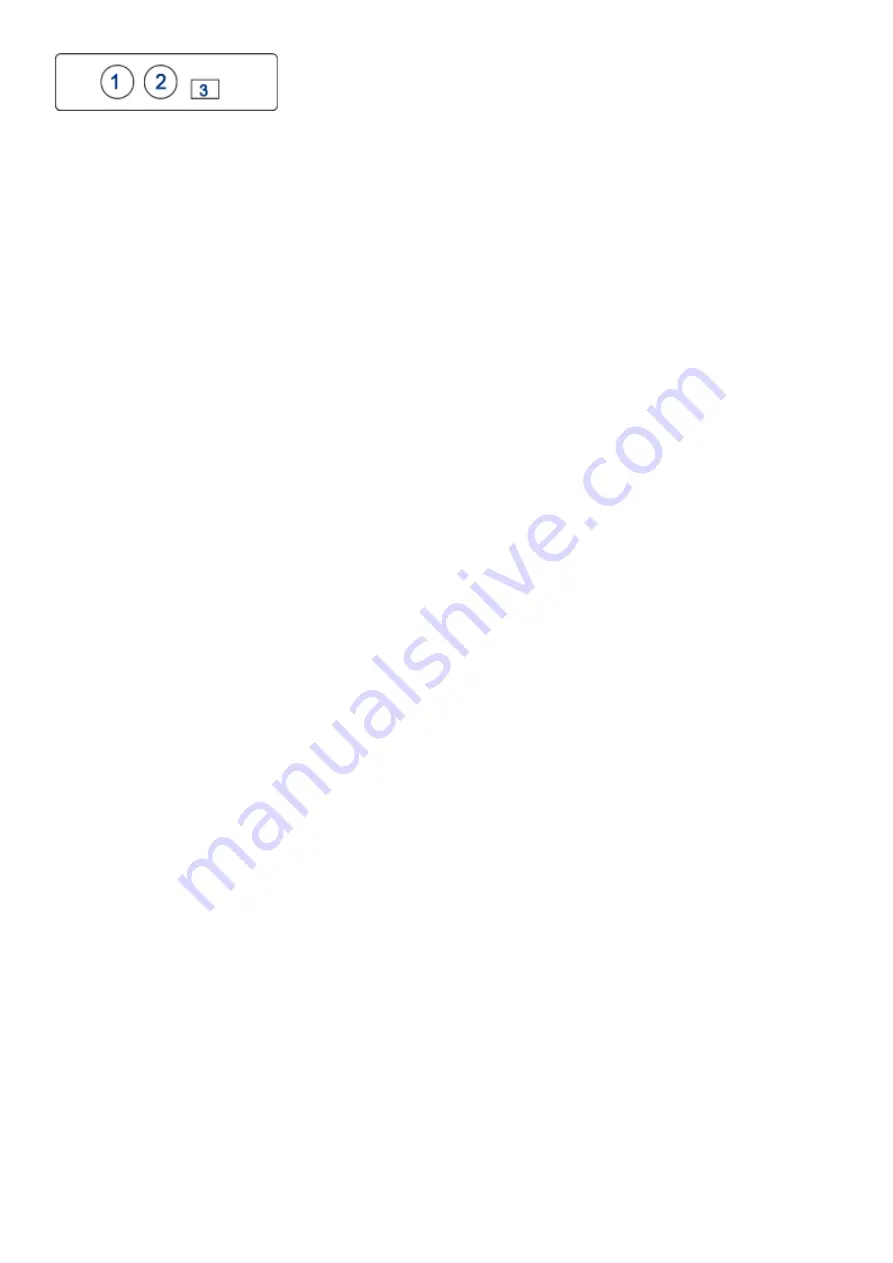
MIDI IN – The MIDI Input port provides a standard 5 PIN MIDI jack for connecting other MIDI
devices to the Ohm64. MIDI input data is then routed over USB to the host computer, and is available
to your software on the second port named “Ohm64 External” (on Windows XP, “USB Audio
Device[2]”)
1.
MIDI OUT - The MIDI Output port provides a standard 5 PIN MIDI jack for outputting MIDI from
your computer, over the USB cable, and to the MIDI jack. The Ohm64 will also send its data out the
MIDI jack. This MIDI Output can be accessed on your computer via the port named “Ohm64
External” (on Windows XP, “USB Audio Device[2]”)
2.
USB – USB Port for powering the Ohm64 and sending MIDI message to and from the instrument.
3.
Connecting
To make the Ohm64 controller compatible with industry standard sound and video equipment, the controller
comes equipped with both a USB and MIDI out connection. The USB is designed to connect directly to a
computer and the MIDI out can be used to connect to a MIDI interface, PC soundcard, external soundcard,
or any of the hundreds of MIDI processors and synthesizers using a standard MIDI cable. The Ohm64 is
completely USB powered and does not require an external power supply.
For Direct USB Connectivity
The Ohm64 is class-complaint and does not require drivers when using the USB connectivity.
Connect the USB cable from the computer to the USB port on the Ohm64.
1.
When the logo on the Ohm64 is illuminated, the device is powered.
2.
For MIDI Connectivity
Using a standard MIDI cable, connect the Ohm64 MIDI in and out to the MIDI in and out of your
sound-card or other MIDI interface. The Ohm64 must be plugged into a USB host and have MIDI software
running (even if it's something basic like MIDI Monitor (http://www.snoize.com) or MIDI OX
(http://www.midiox.com) running. This is a by-product of USB-powered class-compliant devices with no
external power source. However, once you have the Ohm64 connected to a computer and some simple
MIDI application running, you can send the Ohm's MIDI out the MIDI output jack.
Looking at the back of the Ohm64, the MIDI OUT is the input jack on the right located next to the USB
port, and the MIDI IN is the jack on the left.
Troubleshooting
Make sure your USB cable is properly connected. If you are using a USB hub, try connecting the Ohm64
USB cable directly to your computer. The lights should come on once the Ohm64 is connected.
If you are using a Macintosh Computer running OSX, make sure you have Ohm64 selected as your device in
the Audio MIDI setup. To access Audio MIDI go to Applications>Utilities>Audio MIDI Setup.
Check to make sure your software is configured to use the Ohm64. Open your application’s preferences to














